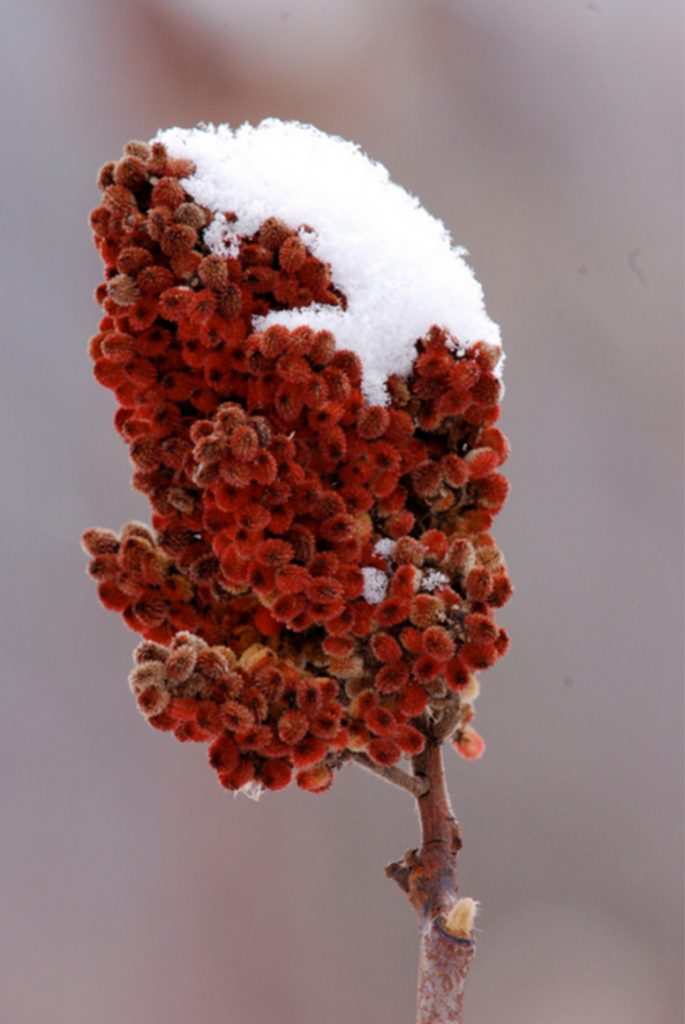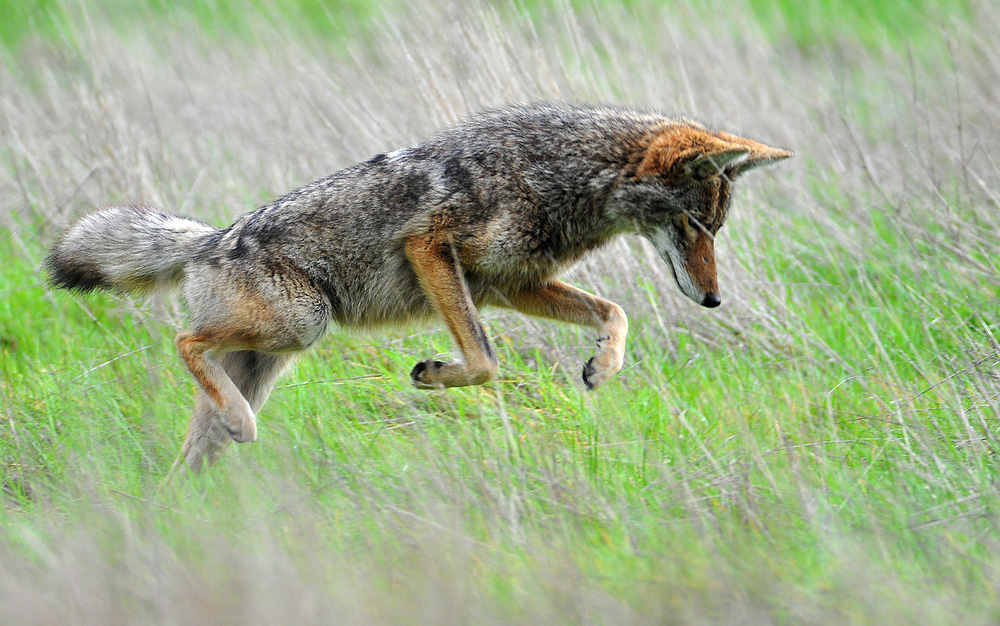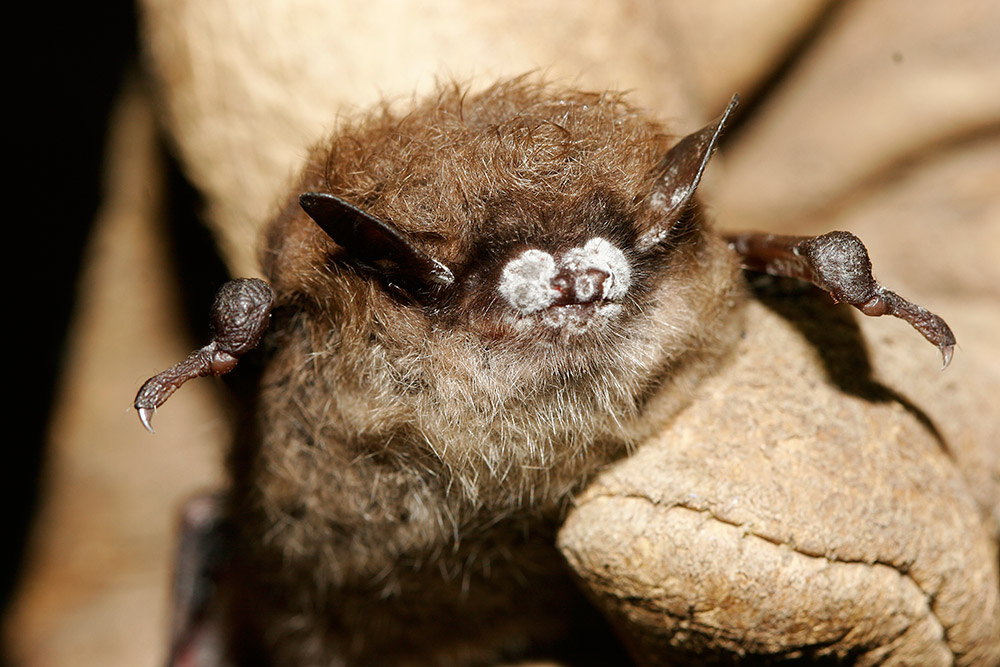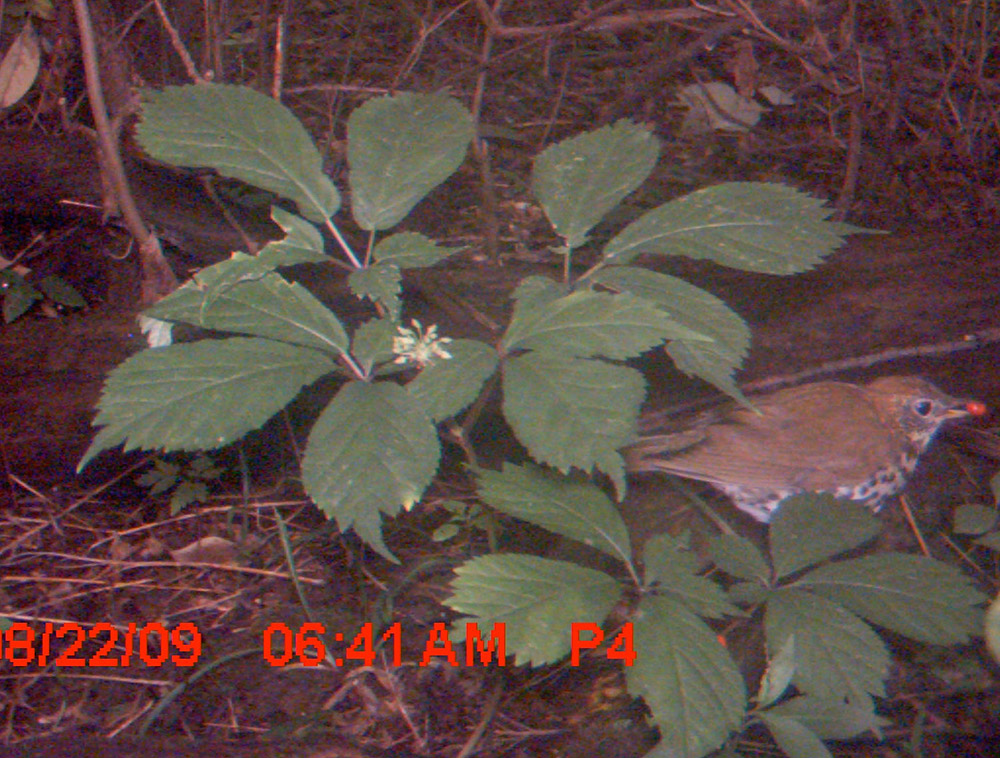Sumac: A Winter Spice
The bright red berries of the sumac plant add color to the winter landscape. While poison sumac has earned a bad reputation, other varieties of the plant have a long and multicultural history of use, including as a spice and as a dye or tanning agent.
The Coyote Conundrum
Coyote populations in the Appalachian region are growing, and increasingly they are adapting to urban settings. As a result, interactions with humans are becoming more common.
Mounting Threats Imperil Two Appalachian Crayfish
There are more than 300 different species of crayfish in the southeastern United States, and two West Virginia species of these adaptable freshwater crustaceans may be declared federally endangered.
Scientists Go to Bat for the Bats
Scientists engaged in the years-long battle against the devastating white-nose syndrome have found bright spots in the fight to protect bats from the disease.
Caught red-handed! Or more accurately, red-beaked
Wood thrushes — and their appetite for bright-red ginseng berries — are helping the plant spread its range further north.








